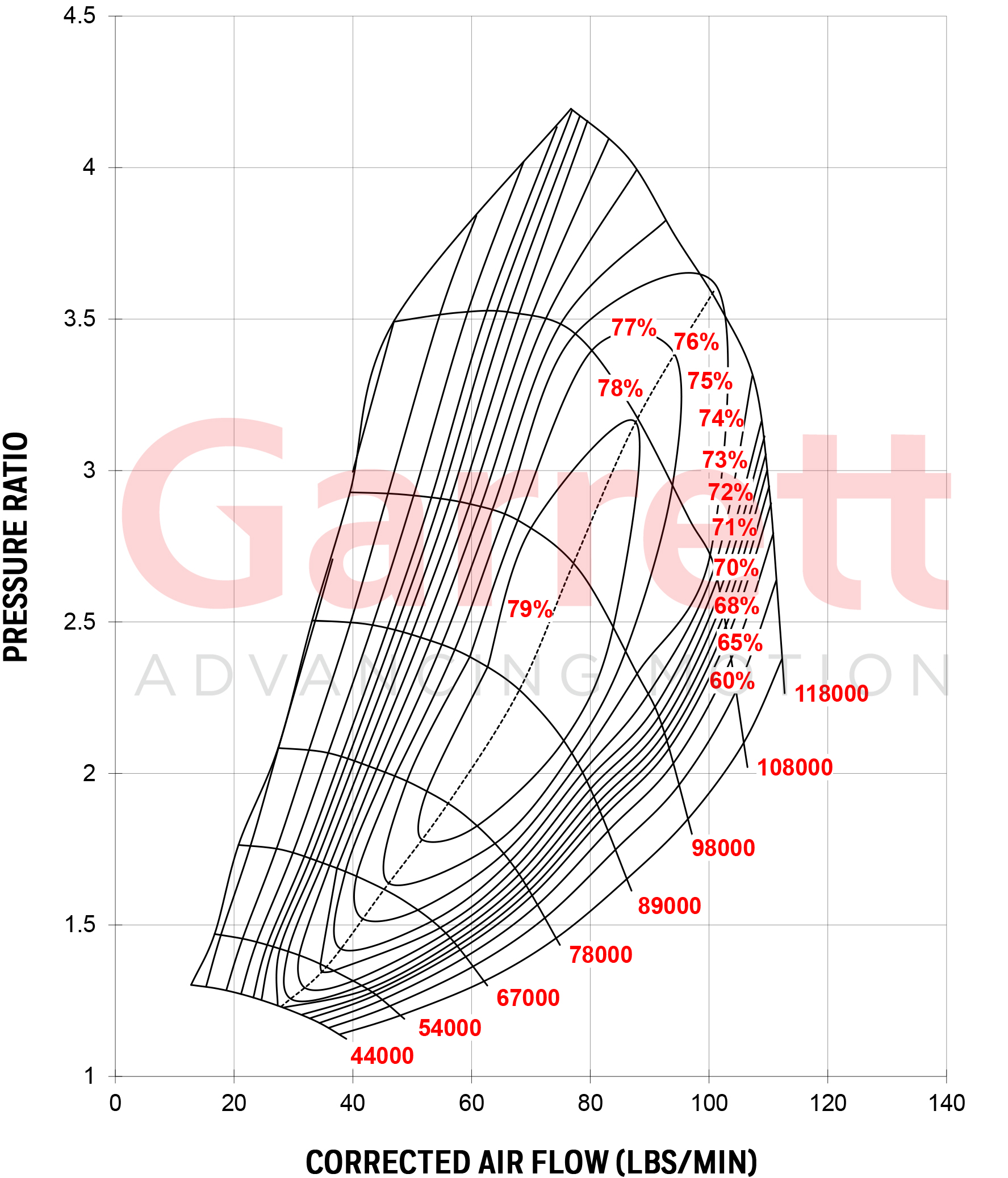Apologies - I misunderstood your question.saviour stivala wrote: ↑28 Nov 2019, 09:34"With the one piece turbo shaft having to pass through the 'H' drive tube". Yes. "Easy. The MGU-H would have a hollow shaft". What is the difference between the 'H' having a hollow shaft and the 'H' having drive 'tube'?.gruntguru wrote: ↑28 Nov 2019, 00:43Easy. The MGUH would have a hollow shaft. The turbo elements would have a smaller diameter shaft that passes through the middle of the hollow shaft. Have a look at any multi spool gas turbine. https://www.google.com/search?q=multi+s ... e&ie=UTF-8saviour stivala wrote: ↑27 Nov 2019, 11:41But how is it possible to use a gearbox on the other two which have the turbine at one end of the block and the compressor at the other end and the turbine/compressor shaft mandated to be 'one piece' with said shaft having to pass right through the 'H' drive tube?.
The gearbox is easy too. Epicyclic.






